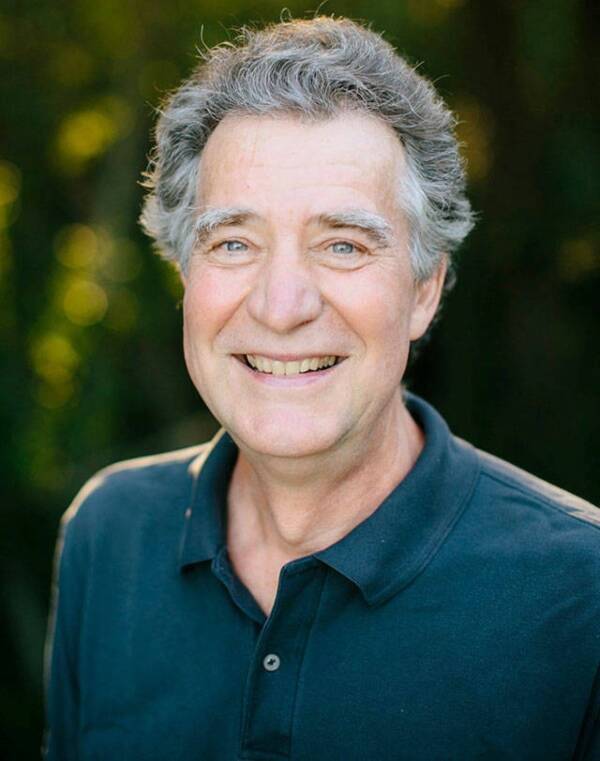Editor’s note: Green Briefs is a regular series of commentaries by eco-leaders on Vashon, presented in The Beachcomber in partnership with The Whole Vashon Project.
In the November 9, 2022 issue of The Beachcomber, Michael Laurie provided an excellent article on the virtues of Rain Gardens (also known as stormwater planters and bioswales) and how to deal with excess rain on our properties. It included many practical suggestions and resources. Now that this year’s rainy season has begun, let’s have another look at the problems and some solutions.
As Vashon-Maury Island (VMI) has been developed, forests and soils were replaced with roads, rooftops, and other hard and impermeable surfaces. As a result, when precipitation falls, not as much water is absorbed into the soil. Instead, it flows over these hard surfaces, carrying with it oils, fertilizers, pesticides, and other pollutants into streams and eventually Puget Sound.
How can we prevent added water and associated pollutants on VMI developed lands from damaging our water resources and harming aquatic life, you ask? It’s simple — we can contribute to sustainable sources of clean water in our aquifers and healthy ecosystems by reducing the amount of stormwater and pollutants that come from our properties only to enter our waterways and filter it through our soils and sediments.
Solutions include installing rain gardens in our yards and other places throughout VMI, adding retention ponds and adding wattles (small obstructions made of twigs, branches and brush constructed to slow down storm flow in small otherwise dry valleys) to seasonal streams. We can also remove impermeable pavement (“Depave”) and replace it with permeable pavement (let’s call it “perm-pave”).
The next question is, are some VMI locations better suited for rain gardens, wattles, and perm-pave than others? If you said yes, you get a gold star.
To most effectively recharge our major aquifers, we need to consider Vashon’s geology.
We are fortunate to have a rich record of the last several glacial advances during the past few hundred thousand years preserved throughout the Puget Lowlands. Many VMI well waters tap our shallowest and most important aquifer unit deposited during the last glacial advance approximately 18,000-17,000 years ago — the Vashon Advance Outwash deposits (abbreviated Qva). This unit mostly comprises permeable sands and gravels immediately underlying the impermeable Vashon Till (Qvt, aka “hardpan”).
Rain falling has a better chance of recharging the Qva aquifer in those parts of VMI where Qva is at the surface than in those parts where the Vashon Till is at the surface.
The Vashon Till prevents surface water and shallow groundwater from accessing the underlying Qva. The Vashon Till contains more silt and clay than the Qva, and was rendered impermeable as the ice sheet over-rode and compacted it more than the underlying outwash deposits.
We also have the recessional outwash (Qvr) sands and gravels deposited above the Vashon Till as the ice sheet retreated north approx.15,000 years ago. The Qvr is a potential aquifer, however it is most susceptible to near surface pollution because surface waters entering it have not had the filtration and cleansing actions experienced by groundwaters that fill deeper aquifers.
And below the Qva, we have clay beds deposited by glacial lakes that form aquitards — impermeable units that do not store producible water and prevent its migration into the subsurface. These clay beds localize landslides and springs.
So, it seems prudent to prioritize rain gardens and related efforts in geologically favorable parts of the island to have the greatest positive impact. If you want to see where the Qva, Qvt, clay and other units occur on VMI, check out the VMI Groundwater Protection Committee’s Liquid Assets Sheet #4: Going Under Ground, Geology of “The Rock” here.
As atmospheric rivers increase in size and intensity, more rain falls in a given time and cannot be absorbed before running off in streams, lost to the Sound instead of staying on the island longer to recharge VMI aquifers. And as summer heat waves and droughts impact VMI, less rain falls during the summer months to recharge VMI aquifers, and evapotranspiration (loss of water from soil due to evaporation and uptake by plants) increases, further reducing VMI water resources.
So as the climate changes, if we want to increase VMI’s sustainability and resilience, we will require many more water retention mechanisms. If you are in those parts of VMI with Qva at the surface, we invite you to consider the many alternatives available for ensuring a recharged VMI water wellness future.
Steve Bergman is a geologist, Zero Waste Vashon and Vashon Makerspace board member, and Whole Vashon Project advisor.



